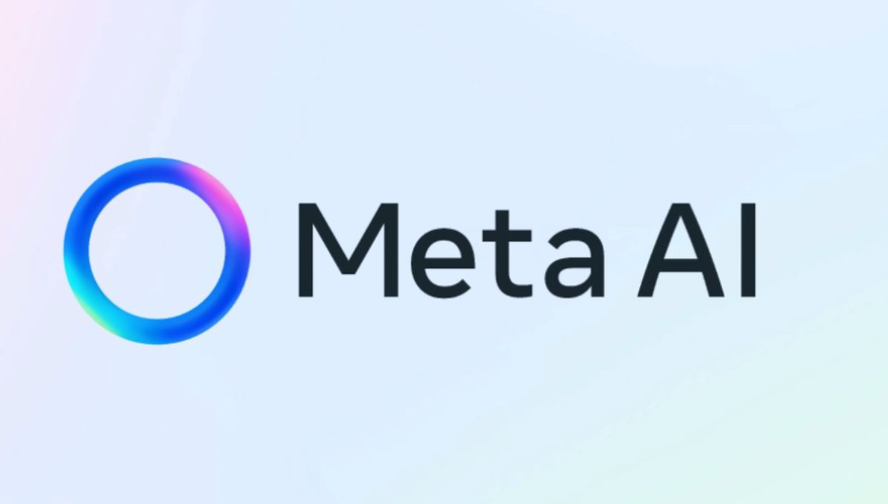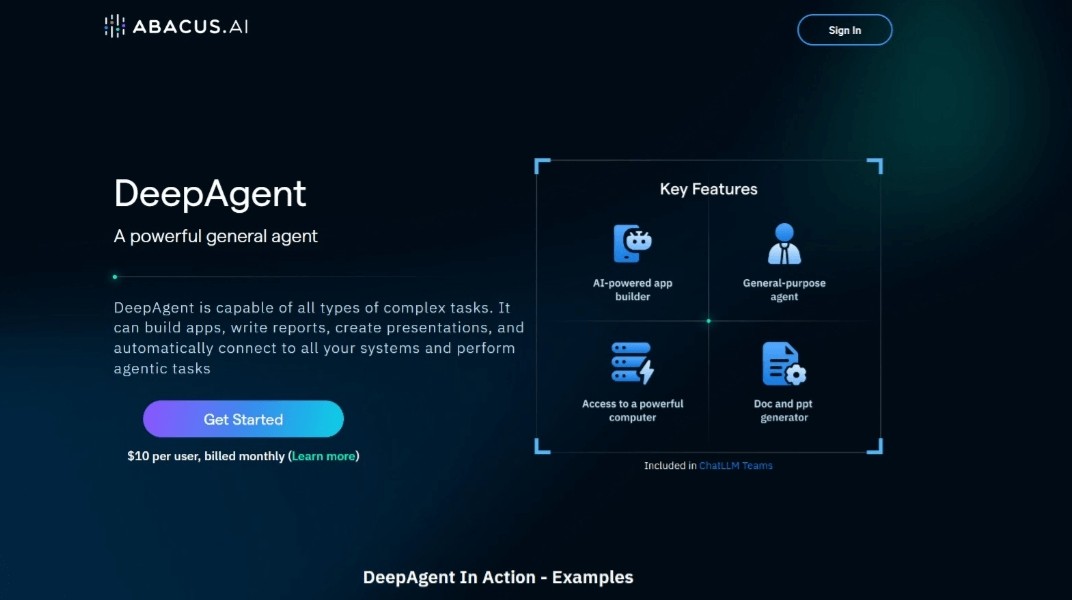OpenAI o3 model is an advanced artificial intelligence model recently released by OpenAI, and it is considered one of its most powerful AI models to date. Although the model has significantly improved in reasoning capabilities and performance, it is also accompanied by huge computational costs , triggering extensive discussions in the industry about its economics.
The following is a detailed introduction to the o3 model .
OpenAI o3 model overview
OpenAI o3 is a new generation of artificial intelligence model launched by OpenAI, focusing on improving reasoning capabilities when dealing with complex tasks. According to the latest TechCrunch report, o3 uses a new technology - "test-time calculation" , which allows the model to spend more time conducting in-depth reasoning and exploring multiple possibilities before giving an answer to ensure that it generates more accurate answers. Excellent answer.
Highlights of the o3 model
Improvement of reasoning skills
One of the biggest highlights of the o3 model is its significant improvement in reasoning capabilities . When dealing with complex problems, o3 adopts a test-time calculation method to provide more accurate answers through multiple rounds of reasoning and exploration. Compared to its predecessor, the o1 model , the o3 scored nearly three times as well on the ARC-AGI benchmark (the o3 scored 87.5%, compared to just 32% for the o1).
high computing mode
In order to obtain higher performance, the o3 model consumes a large amount of computing resources when running. Especially in high-compute mode, o3's computational cost per task exceeds $1,000 , which is 170 times higher than its low-compute version. This cost mainly comes from the computational overhead of the model during inference.
The conflict between performance and cost
Although o3's reasoning accuracy and task processing capabilities have been significantly improved, the resulting high computational cost also calls into question its economics . For example, even the low-compute version of the o3 costs $20 , significantly more than the few dollars the previous-generation model cost. In comparison, users of OpenAI's ChatGPT Plus pay a monthly subscription fee of only $25 , so how to balance the performance improvement and cost-effectiveness of the model has become an urgent challenge.
High computational cost of o3 model
High computing mode : The computing cost of each task exceeds $1,000 , which is quite high for large-scale applications. This is mainly because o3 needs to use a lot of computing power when performing complex reasoning, and each reasoning will explore between multiple solutions.
Low-compute version : Even the relatively low-compute version costs $20 per task, which is significantly higher than the previous o1 model. In comparison, the computational cost of the o1 model is less than $4 per task.
For those who want to experience the o3 model, although the current high cost is still a challenge, the potential of o3 undoubtedly indicates the future development direction of artificial intelligence technology.



